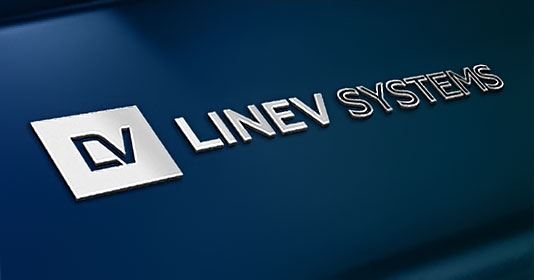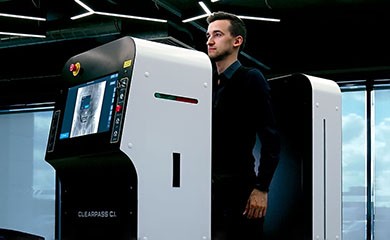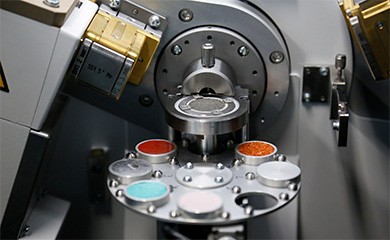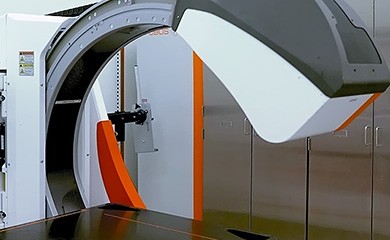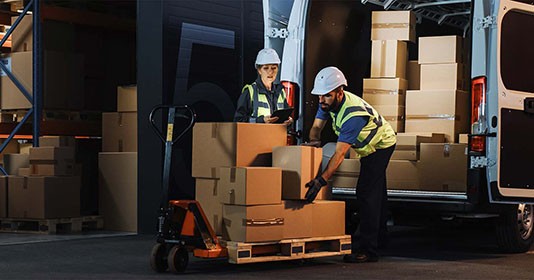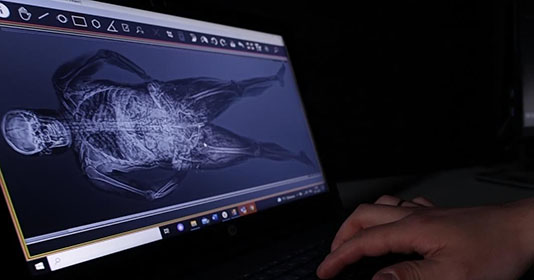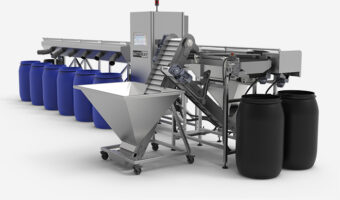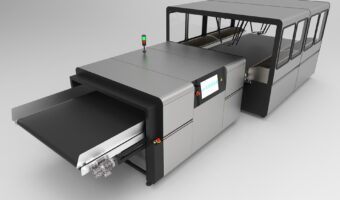
Battery sorting
Battery sorting
Disposal or recycling of used portable batteries is becoming an increasingly global problem with the increasing consumption of batteries. More and more public attention is directed to the proper collection of waste, storage, correct sorting, and the development or modernization of recycling methods to realize the possibility of recycling materials and minimize the amount of recycled waste, due to which harmful substances can enter the soil, water, atmosphere and, of course, the human body.
According to the Extended Producer Responsibility system implemented in Europe, each battery manufacturer or supplier pays a fee to the state fund to ensure the proper recycling of batteries. This money goes to non-profit regulatory organizations that mediate between the manufacturer and the recycling companies and organize the process of separate waste collection and recycling. Many recycling companies do not tackle the sorting issue themselves and do not always accept a mixed stream of batteries for recycling, since the cost of recycling one sorted type of batteries is 4 times lower than the cost of recycling a mixed stream.
Our technology used at the sorting stage will increase the efficiency of the process as a whole — increasing the number of recycled batteries and reducing the cost of recycling, which means reducing the costs of all stages.
Moreover, we all know that the quality of the final product of processing directly depends on the quality of the sorting — different fractions of substances with different fields of application are obtained from different types of batteries. It is obvious that the presence of heavy metals in fertilizers defeats the purpose of using them for agricultural benefit. Same as the presence of impurities in metals makes the metallurgical processing process more labor-intensive and difficult to implement. And we should bear in mind that the higher purity of sorting dramatically reduces the risk of emergencies, such as explosions and fires in lithium battery recycling plants.
Since 2017, the staff LINEV Group has carried out a number of studies in order to substantiate the fundamental possibility of solving the problem of identifying and sorting various types of used batteries using X-ray technology, as well as choosing the main components and optimal operating modes of the installation. Based on the internal structure of the batteries, each individual type has characteristic regions that are automatically detected on an X-ray.
The combination of a design solution for a conveyor system and a developed algorithm for battery recognition based on machine vision and artificial intelligence allows for sorting batteries at high speed and with very high accuracy. For the most popular types, alkaline and saline, the sorting accuracy is> 99%.
The use of X-ray technology in battery testing is not limited to sorting portable batteries. As the number of electric vehicles grows, so does the number of produced batteries for them. Our technology simplifies the process of product quality control and makes it more reliable.
Our team is ready for new unknown to us problems and tasks in the field of production and processing of batteries.

